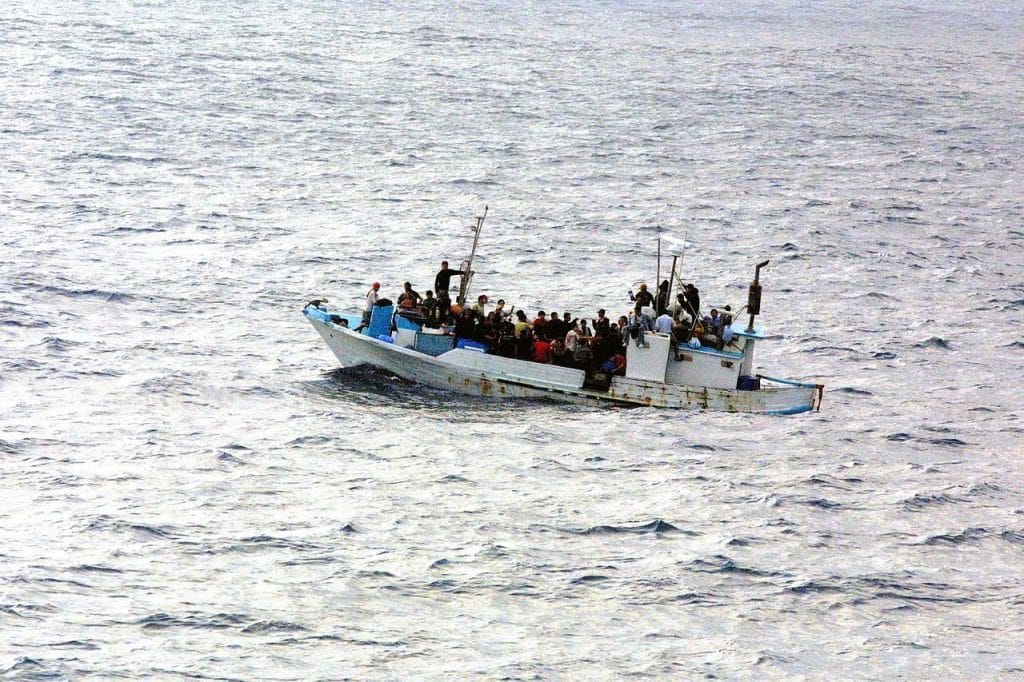Due to changes in immigration policies under the Trump administration, the Saint-Bernard-de-Lacolle border crossing in Quebec has experienced a significant increase in asylum applications this summer.
In July 2025, the border crossing received a staggering 3,493 applications, a fivefold increase compared to the same period in the previous year. This trend continued into August, with 1,370 applications submitted by Aug. 24, as opposed to just 433 in the entire month of August in 2024.
The spike in asylum applications can be directly attributed to recent decisions made by the U.S. government, particularly under the leadership of Donald Trump, to terminate the Temporary Protected Status (TPS) of over 500,000 migrants, including approximately 320,000 Haitians. Although a federal judge has extended the deadline for these migrants to leave the U.S. until Feb. 2026, the uncertainty and fear of deportation have prompted many to seek asylum in Canada.
Despite the Safe Third Country Agreement, which typically restricts refugee claims in Canada for those arriving from the U.S., some individuals without legal status in the U.S. are still able to make asylum claims in Canada under certain circumstances, such as having family members in the country. This exception has led to an influx of arrivals at the Saint-Bernard-de-Lacolle border crossing, making it a key entry point for asylum seekers.
The rise in asylum claims at the Saint-Bernard-de-Lacolle crossing has been noticeable throughout the year, with 12,498 claims filed between Jan. 1 and Aug. 24, 2025, more than double the number from the same period in the previous year. While the overall number of land entries has increased compared to 2024, it remains lower than when Roxham Road was still open. Quebec continues to serve as the primary entry point to Canada, attracting about three-quarters of new applicants due to its convenient and secure geographic location.
On a contrasting note, while asylum claims at the Saint-Bernard-de-Lacolle crossing have surged, other ports of entry into Canada have experienced a decline in arrivals. This decline can be largely attributed to a significant drop in asylum seekers arriving by air, with the CBSA processing only 6,275 applications at airports between January and June 2025, compared to 27,840 during the same period in 2024, marking a 78% decrease.



